This past summer, I had the great privilege of visiting a little honey farm in the Ligurian Alps on the coast of the Italian Riviera. Right on the mountainous border between the regions of Piemonte and Liguria (Italy has 20 different regions, each with their traditions, culture, and dialect) sits the mountain pass of Colle di Nava. A little town lays within the Colle di Nava, and in the middle of the town is a little honey shop called the Apicultura Aldo Contestabile (api means “bees” in Italian).
One day in mid August, while on a trip back to our family’s vineyard farm in Alba (region of Piemonte) after visiting my Nonni on the Riviera, we stopped in the small town of Colle di Nava so my father could answer a phone call (as a good human being, my father does not talk on the phone while driving). I had always looked at the little honey shop with curiosity, but never entered. Well, as my father was yelling at the telephone, I slipped out of the car to take a peek at the magnificently yellow store.
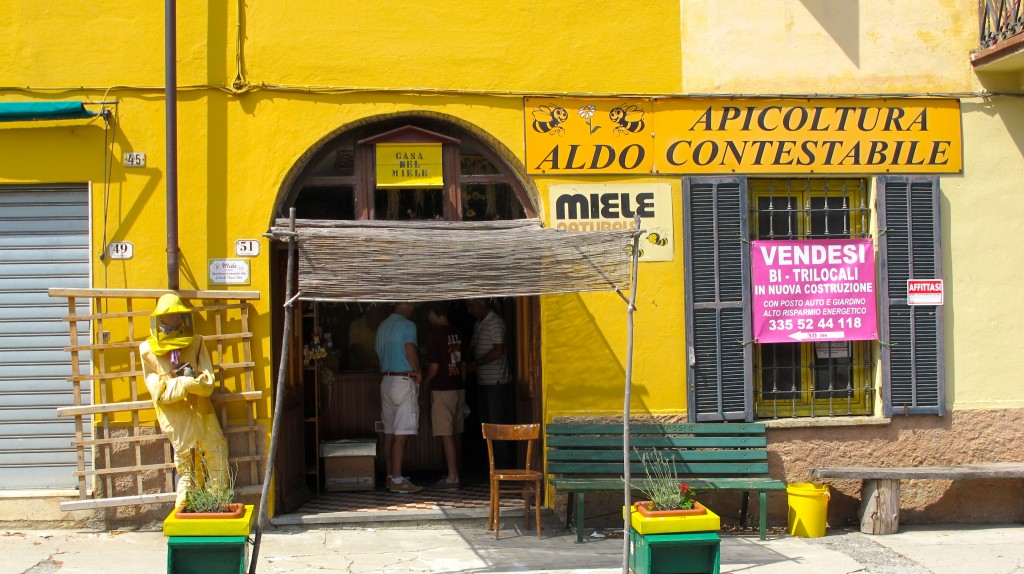 There was an older man and his son manning the empty honey shop. They lit up when I entered the store, and, when they saw me peeping at their production room, immediately motioned for me to join them in a tour of the honey production process. My parents soon followed in, and together we got a glance of what its like to make honey. It’s really something. Once they take in the crates of honey comb, they extract the honey from the comb, and then pipe the honey to larger tanks. A simple, tasty process. It was so hard for me not to grab a few leftover honeycombs to chew.
There was an older man and his son manning the empty honey shop. They lit up when I entered the store, and, when they saw me peeping at their production room, immediately motioned for me to join them in a tour of the honey production process. My parents soon followed in, and together we got a glance of what its like to make honey. It’s really something. Once they take in the crates of honey comb, they extract the honey from the comb, and then pipe the honey to larger tanks. A simple, tasty process. It was so hard for me not to grab a few leftover honeycombs to chew.
One thing I learned was that the different shades of honey come from the different flowers that the bees are exposed to. The bees collect the nectar, add enzymes to it, and extract the water from the honey in a process of evaporation by fanning their wings. To make a long process short, the type of nectar gives the different strengths and colors of honey. What’s fun is pairing different honeys with different dishes. I prefer a light honey with most cheeses, but dark honey in milk. One of the honeys I bought was the miele di castagno (chestnut honey), which has the darkest, and richest in flavor. It is a dark amber hone with a musky flavor, which I found pairs nicely with almond milk.
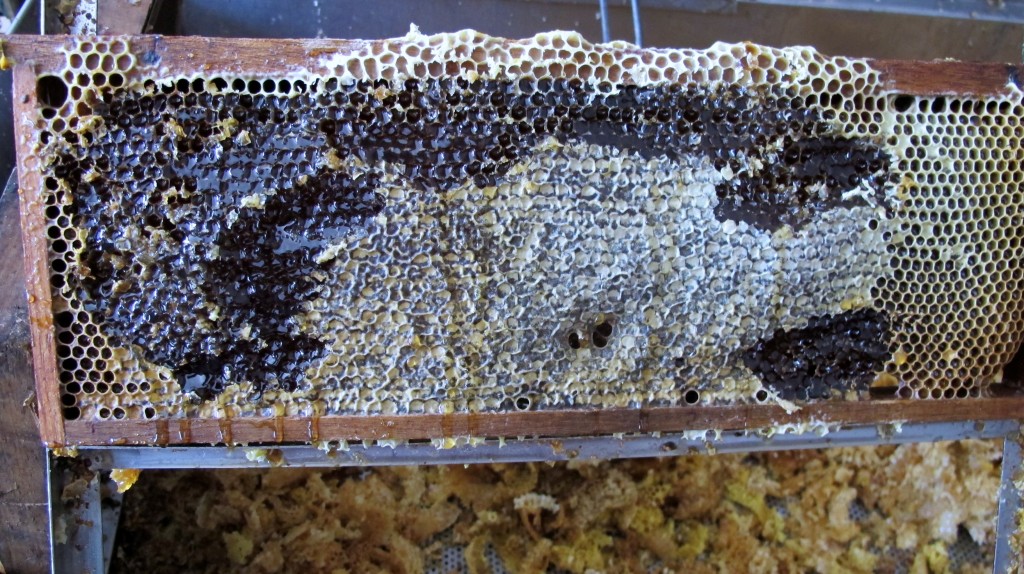
The man had a carving tool that he used to slice me a nice slab of honey comb to try. I would like some more.
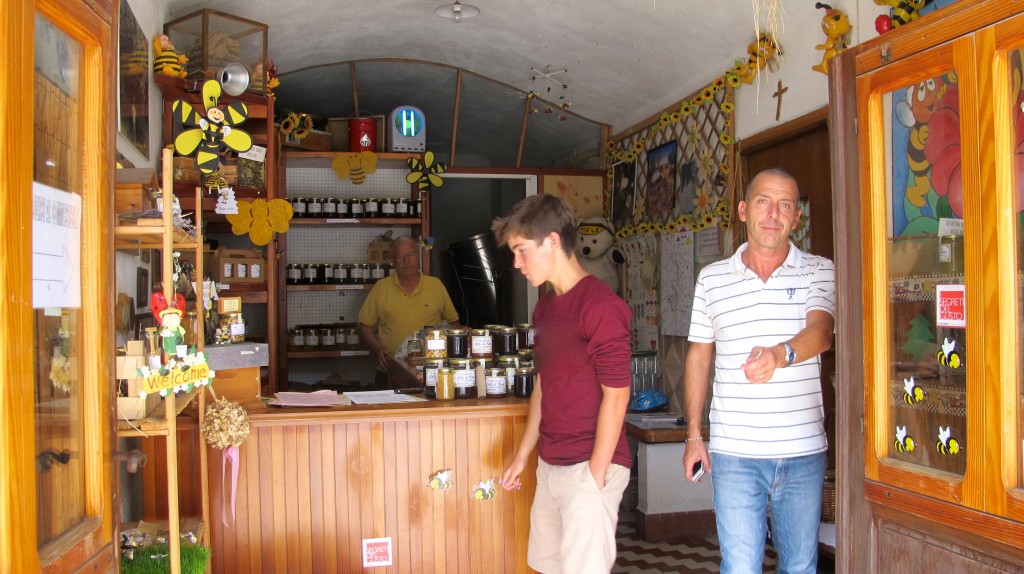
BenGusto tries out the different honeys. I like how you can see the religious cross in the top right corner of this picture. You know its your typical Italian, family-run joint when you see the cross and a picture of the pope.
Another exciting adventure! Stay tuned for the next BenGusto visit.
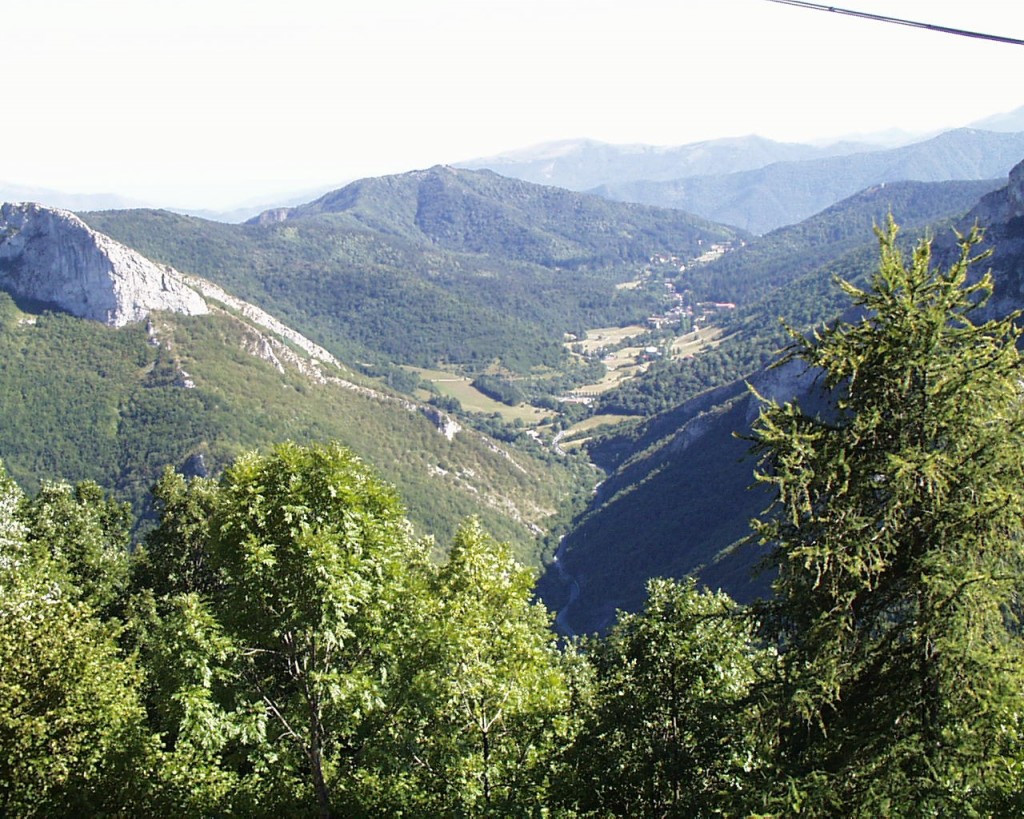
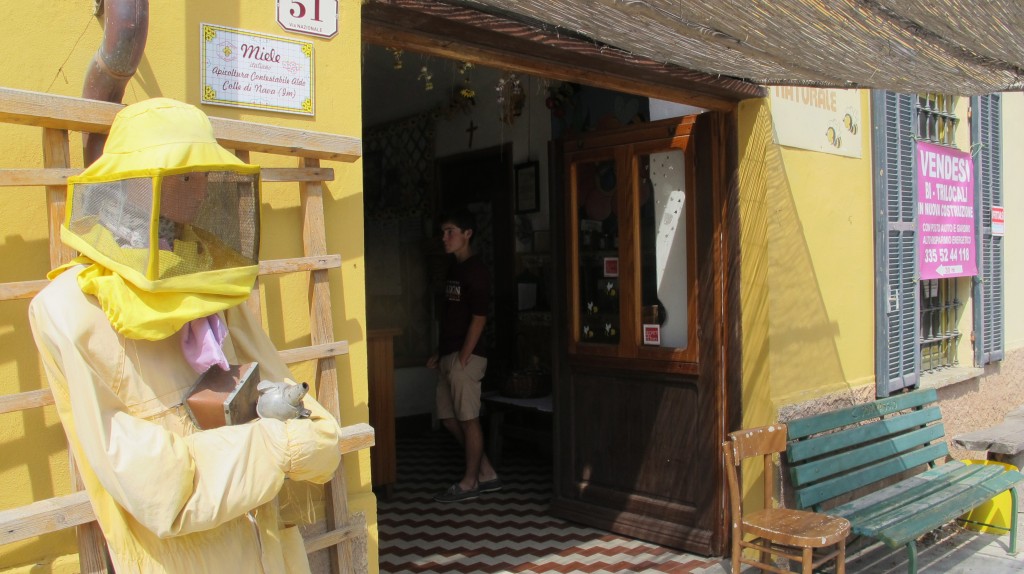
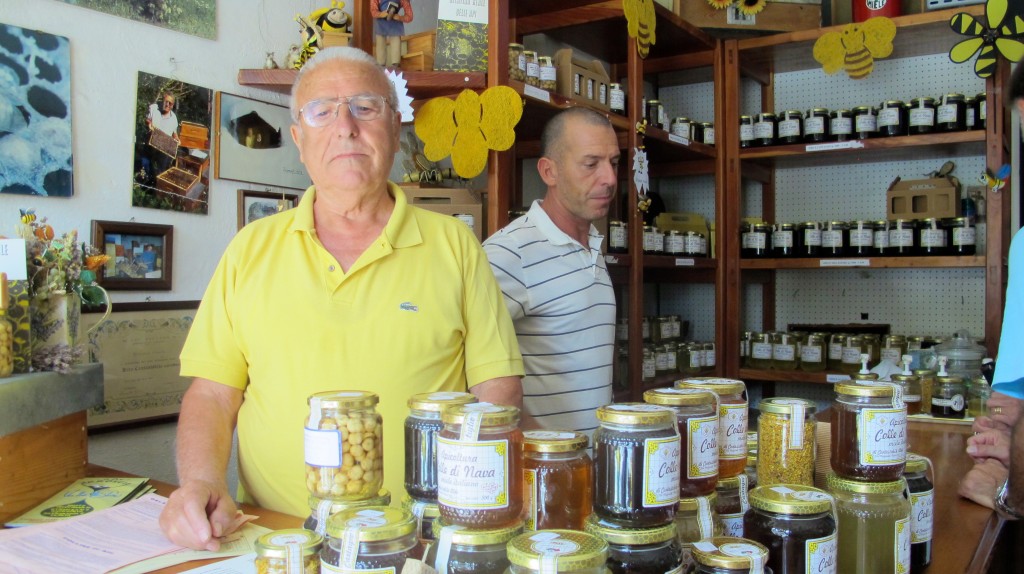
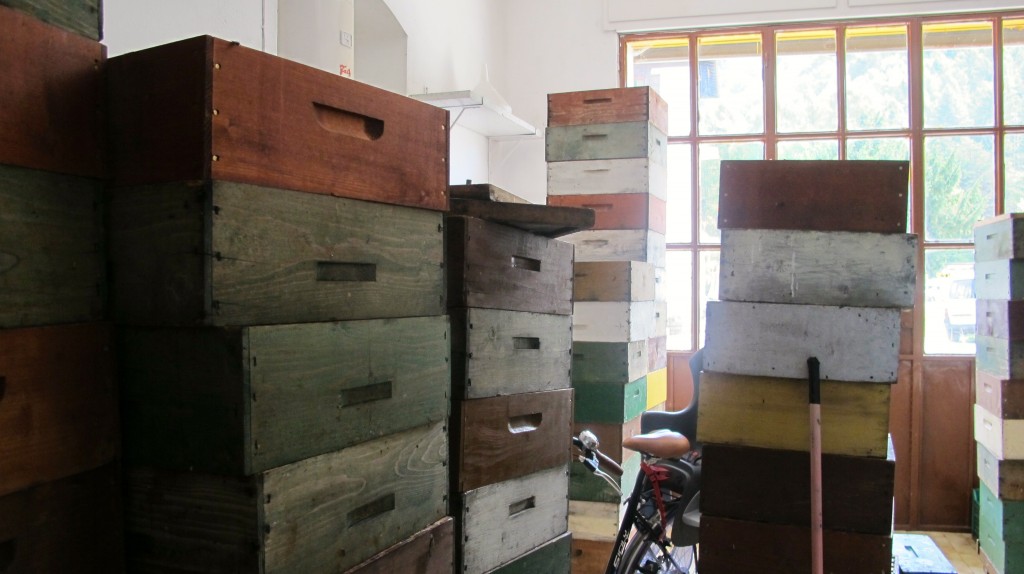
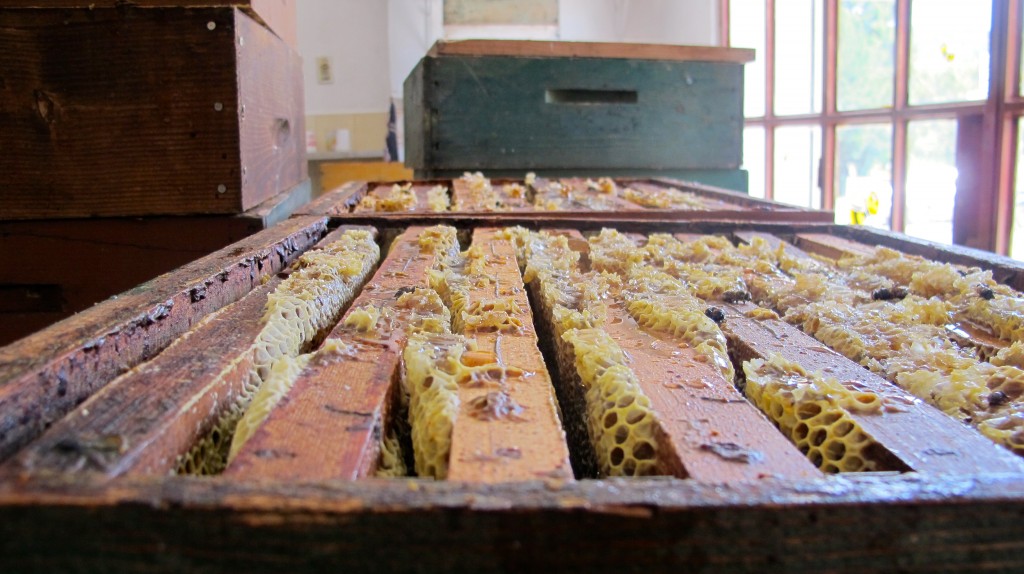
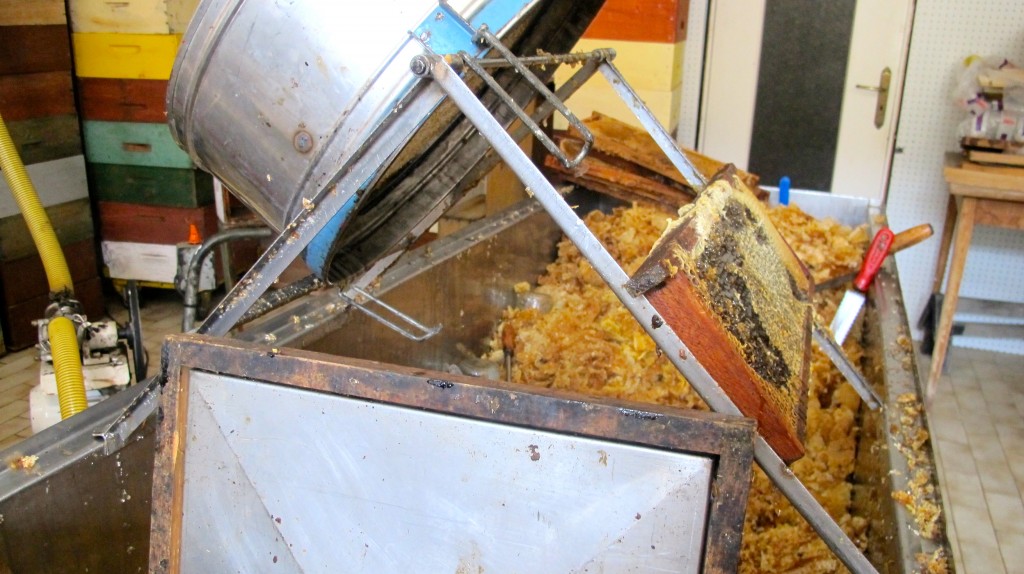
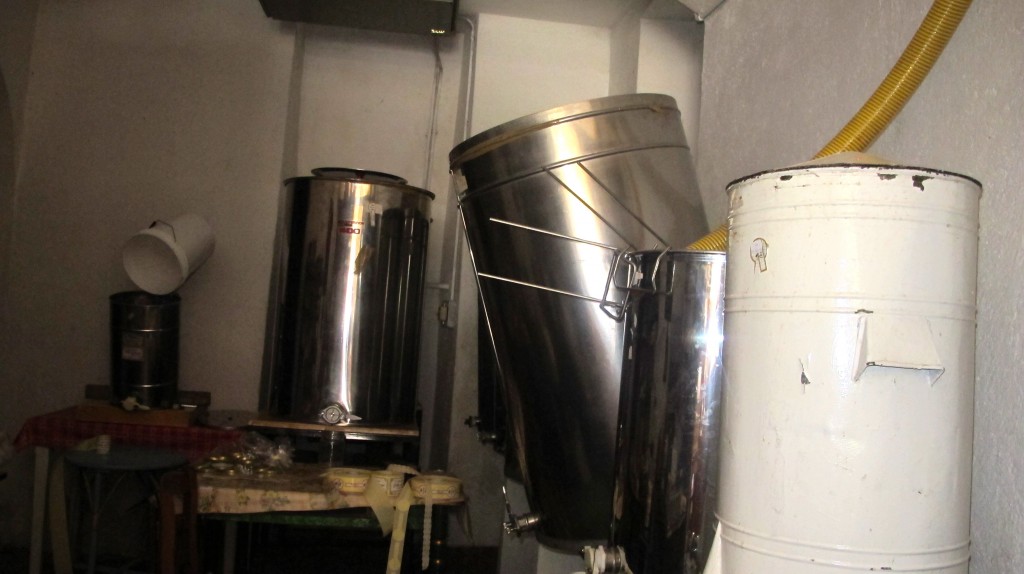
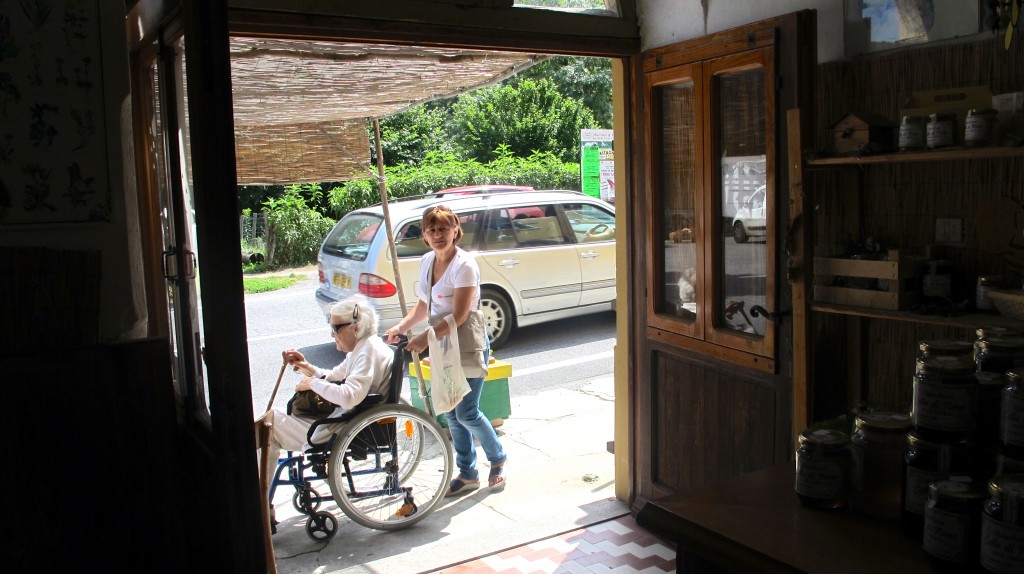
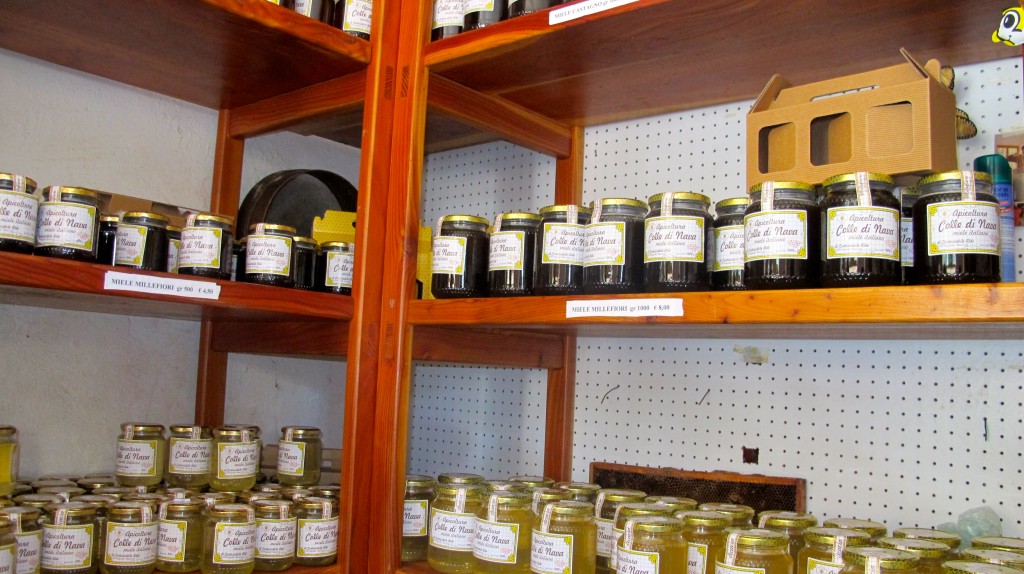
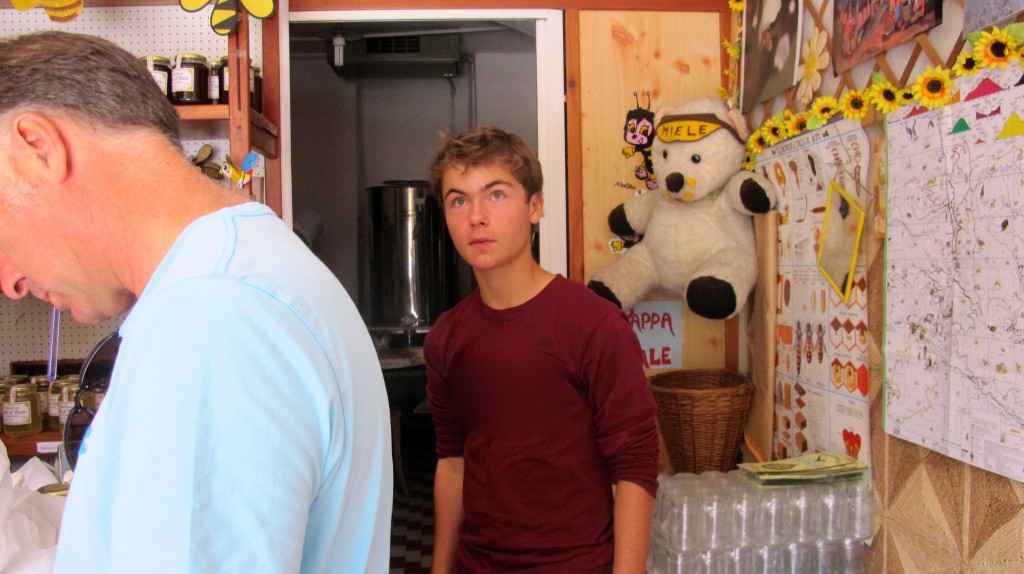
Wow, Ben…what a great adventure! You are so lucky. I am so enjoying learning all about your travels. You have prompted me to expand my knowledge of the different types of honey, thanks for the nudge. Have good snow day! Mrs. Yobs, LHMS-FACS
Thank you, Mrs.Yobs! It is always great to hear from you! I am glad you enjoyed the insight on honey production, and enjoy your snow day as well.
-Ben